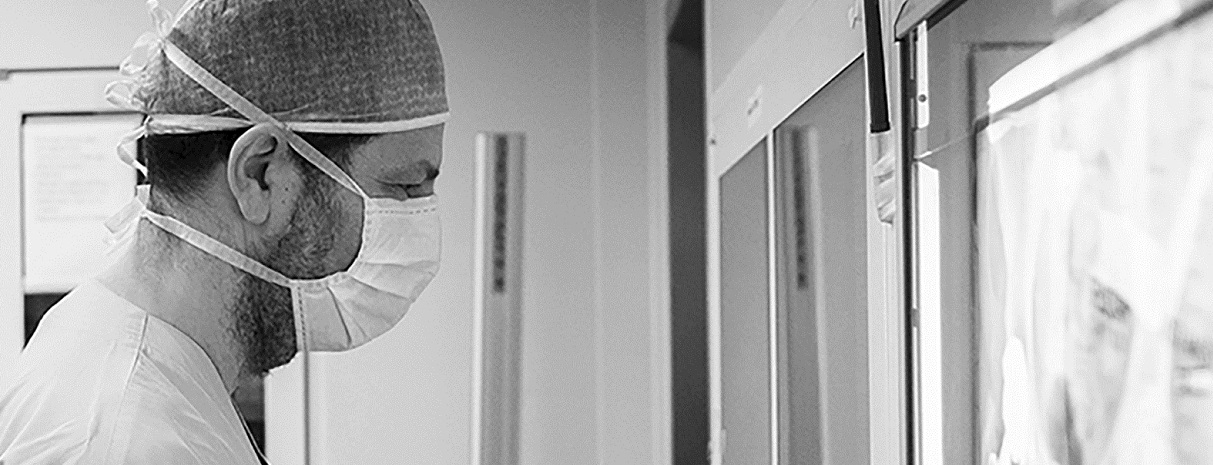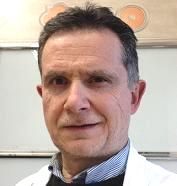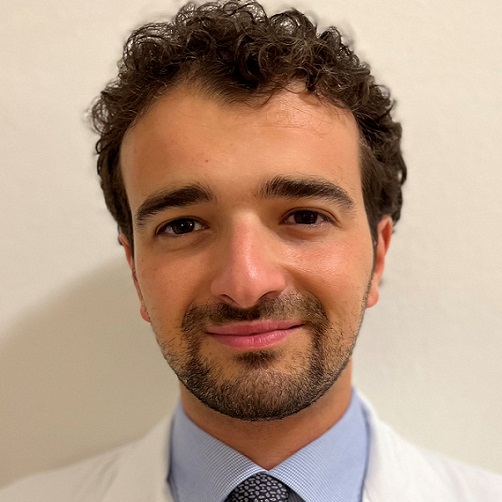Introduction
The ward of Orthopaedic-Traumatology and Prosthetic surgery and revisions of hip and knee implants includes an inpatient ward, a day surgery hospital for all types of treatment, and an outpatient clinic for specialist exams. It has 36 beds, divided into 12 rooms with 3 beds; all rooms have a bathroom. A physician is present in the ward every day from the 7.30 a.m. to 19.30 p.m., as well as a nursing team that responds to the needs of the patient 24 hours a day.

Healthcare activity
Patients admitted to the 'Orthopaedics-Traumatology and Prosthetic Surgery and Hip and Knee Re-implantation' department need support not only for basic care needs but also to optimise their 'residual' abilities with regard to mobilisation, which is limited and/or absent due to the type of surgery.
Therapeutic education is not limited to the patient but extends to the caregiver, integrating an information pathway. In order to guarantee an adequate response to the social and welfare needs of users and caregivers, the work is carried out by a multidisciplinary team and includes the period of hospitalization and discharge (at home or in other rehabilitation facilities/centres): particular attention is paid to the type of walking aids to be used and the methods of mobilisation and posture.
Clinical practice
Clinical work covers the general field of orthopedics and traumatology with particular clinical and scientific focus on prosthetic diseases of the lower limb (hip and knee) and capsulo-ligamentous and cartilaginous diseases, with the transplantation of chondrocytes and stem cell repair of cartilage and bone defects.
The main surgical practice of the ward is prosthetic hip and knee surgery. Hip prosthesis is performed by a minimally invasive technique, which spares periarticular soft tissues, reconstructs the articular capsule, and reduces the skin incision to 7-8 cms. This procedure allows a more rapid functional recovery, enabling the patient to ascend stairs within 3-5 days of the operation, and abandon walking sticks within 2-3 weeks. A minimally invasive technique is also used in knee prosthesis that preserves the integrity of the periarticular muscular tissues. The prostheses used are very reliable and provide some of the best results of the Register of Orthopedic Prosthetic Implants (RIPO) of the Rizzoli Institute. Special attention is focused on hip prosthesis in dysplasic and post-traumatic sequelae, as well as revisions of loosened joint arthroplasties. In collaboration with the Radiology Department and the Laboratory of Medical Technology, for the most complex cases a special CT is performed that allows the three-dimensional reconstruction of the hip to do a pre-operative computerized simulation of the operation: this allows optimization of both the surgical technique and the choice of the prosthesis.
Research activity
Clinical research is particularly focused on the development of innovative prosthetic implants made of ceramics, technique of computerized planning, and new solutions for minimally invasive surgery, and research into more modular prosthetic components.
Attachments
Documents and videos about the ward/service
Documents and videos about the laboratory
Staff
Contacts and Locations
Secretary's Office
phone +39-051-6366641
phone +39-051-6366642
fax +39-051-6366416
e-mail gabriella.superina@ior.it
Istituto Ortopedico Rizzoli
via G.C.Pupilli, 1
40136 Bologna (Italy)








